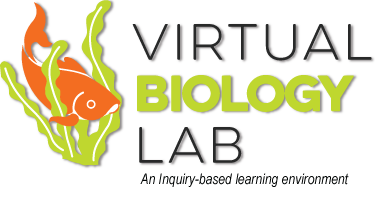
An Economic Approach
This practical application of ecology is what the general public tends to think of when they hear the word “ecology.” This is an incomplete definition, but is understandable given that conservation ecology includes such critical issues as endangered species protection, habitat destruction, and climate change. Right now humans are one of the most successful species ever on the planet, with the population growing exponentially, and ranging across most of the globe. Along with our success, however, we are changing the environment quickly and drastically. As a result, the extinction rate of other species may be at an all-time high. In this section, models explore some of the ecological and economic principles that affect how we approach conservation.
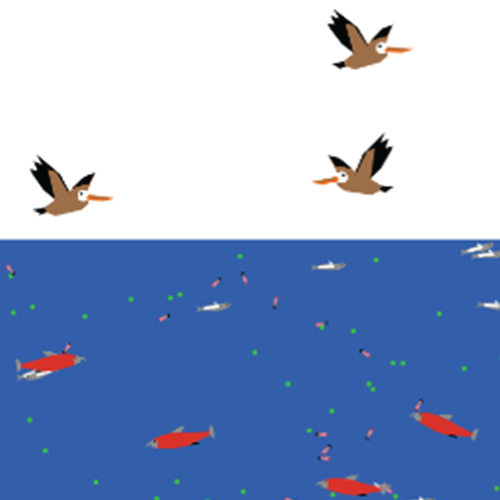
Model 1 – Biomagnification
In 1962, Rachel Carson published ‘Silent Spring’, which drew attention to how the use of pesticides was indirectly decimating bird populations by causing thinning of egg-shells. This model illustrates how DDT in near-shore waters accumulates in a ‘food chain’ of phytoplankton, zooplankton, smelt, salmon, and pelicans.
Share this model with others.
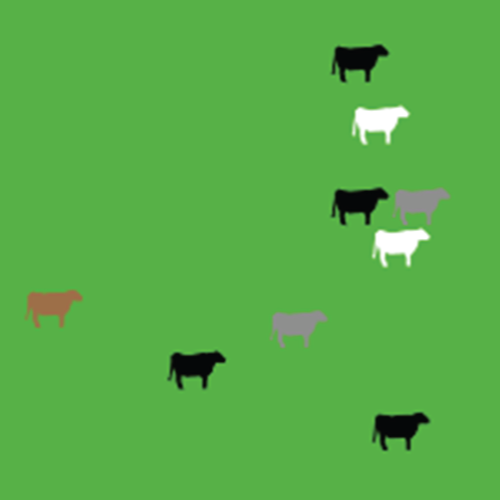
Model 2 – Tragedy of the Commons
Garrett Hardin (1968) described how multiple individuals acting in their own interests, while exploiting a common resource, will inevitably over-exploit the resource. This model illustrates the concept in a common field where four farmers are grazing cattle. As farmers add cattle beyond the carrying capacity of the pasture, their individual gains increase even as overall milk production goes down. Students can explore how different economic systems affect how many cows a farmer “should” graze, and they can also privatize the land into four quadrants.
Share this model with others.
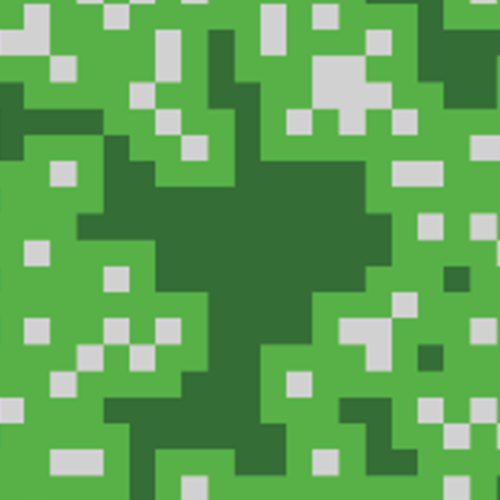
Model 3 – Fragmentation
When considering habitat such as a patch of forest, it is important to understand that the patch is not uniform in how it is utilized by species. For example, you typically find different species deep in the forest interior than at its margins. This model explores the ratio of interior to margin forest habitat as the forest is broken up into smaller a smaller patches.
Share this model with others.
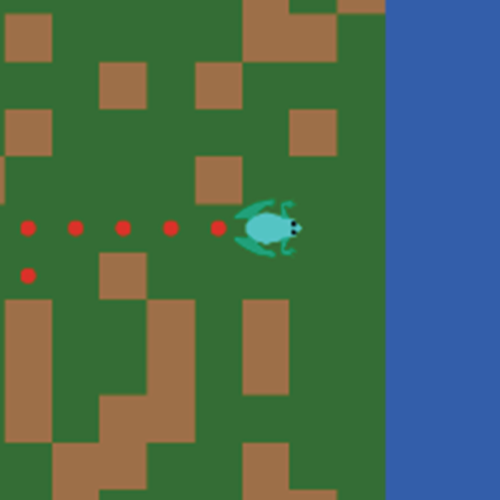
Model 4 – Dispersal Corridors
Animal species move about their habitat for many reasons, finding food, finding mates, or moving to and from breeding grounds. When habitat is disturbed, animals with specific habitat needs or preferences can easily become isolated from other populations or cut off from their breeding grounds. This model simulates a forest-dwelling frog trying to make its way to the breeding pond as the habitat becomes more and more fragmented.
